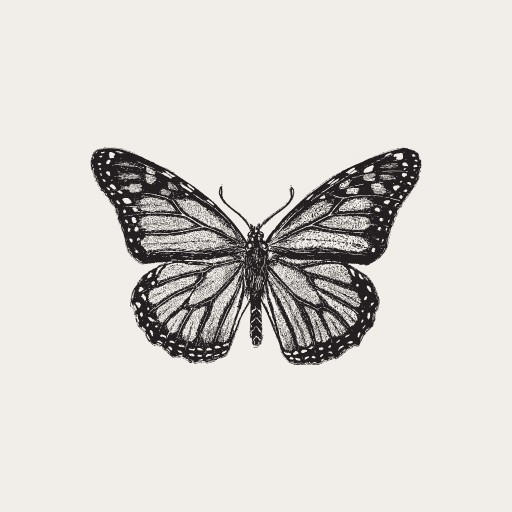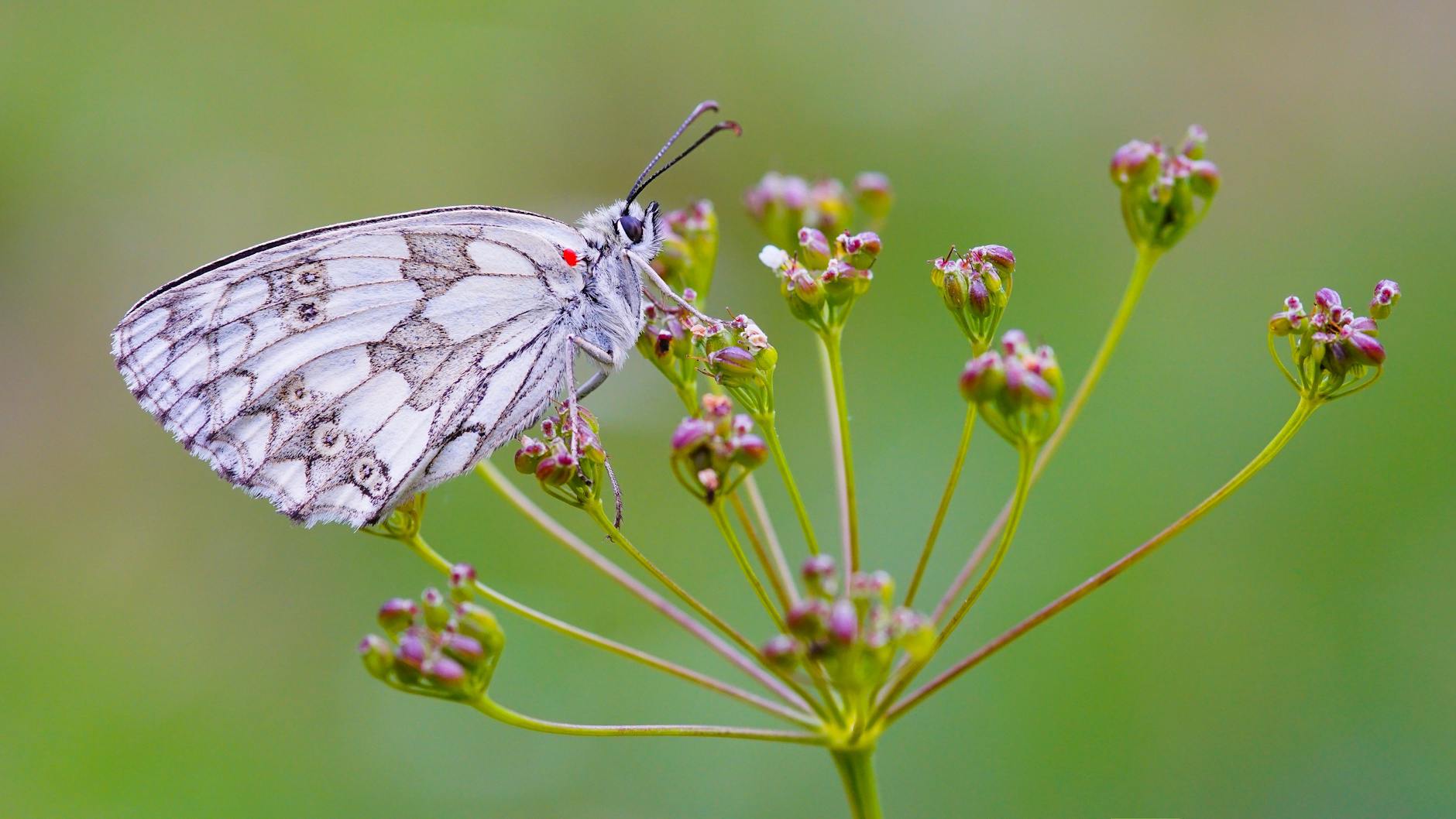How to get started with affordable native plants.
Creating a pollinator garden doesn’t have to break the bank. In fact, planting a garden that attracts bees, butterflies, and other pollinators can be affordable, especially when you focus on native plants. These plants are not only suited to your local climate, but they also provide essential food and shelter for wildlife, making them a win-win for both your garden and the environment.
Whether you’re working with a small apartment balcony or a larger yard, you can create a vibrant, pollinator-friendly space without spending a fortune. Let’s explore how you can get started on creating a beautiful, thriving pollinator garden without breaking the budget.
Why Choose Native Plants for Pollinators?
Native plants are an incredible resource for pollinators. Unlike non-native species, which may not provide the same quality of nectar or shelter, native plants have evolved alongside local wildlife and are perfectly suited to meet the needs of pollinators in your area. They’re also incredibly low-maintenance once established, meaning fewer costs for watering, fertilizing, and pest control. These plants will thrive in your garden with minimal attention and grow back year after year, saving you money in the long run.
By choosing native species, you’re not only benefiting the environment but also ensuring that the plants in your garden are providing the best nutrition and habitat for local bees, butterflies, and hummingbirds.
Start Small with Key Pollinator Plants
You don’t need a huge garden to start making a difference. Focus on planting a few key species that are especially attractive to pollinators. These plants tend to be affordable, easy to find, and require little maintenance. Here are a few examples of great budget-friendly native plants for pollinators:
Purple Coneflower (Echinacea purpurea)
- This easy-to-grow perennial is beloved by bees and butterflies, especially in the summer. The cheerful, daisy-like flowers bloom in shades of purple, and the seeds attract birds in the fall. Planting just a few of these in your garden can provide a steady food source for pollinators throughout the season.
Black-eyed Susan (Rudbeckia hirta)
- Another common and affordable native plant, Black-eyed Susan produces bright, golden-yellow flowers that attract bees, butterflies, and other beneficial insects. These hardy plants can be found at most garden centers and can easily be grown from seed, which is one of the most cost-effective ways to add them to your garden.
Milkweed (Asclepias spp.)
- Milkweed is crucial for monarch butterflies, as it provides food for caterpillars and nectar for adult butterflies. While it may require a little more space in your garden, it’s worth the investment. You can often find affordable milkweed plants at local nurseries or even purchase seeds to grow them yourself.
Bee Balm (Monarda fistulosa)
- Bee Balm is another excellent choice for a pollinator-friendly garden. With its striking, pink to red flowers, it’s a favorite of both bees and butterflies. Bee Balm is relatively easy to grow and can spread over time, making it a great long-term investment for your garden.
Take Advantage of Seed Swaps and Local Plant Sales
One of the best ways to save money on native plants is to get involved in your community. Many local gardening groups, botanical gardens, or even farmers’ markets host seed swaps, where you can exchange seeds or plants with others in your area. It’s a wonderful opportunity to get a variety of native plants without spending anything at all.
Additionally, check out local plant sales, often organized by conservation groups, botanical societies, or community gardens. These sales typically feature native plants that are well-suited to your region, and they’re often sold at a much lower price than what you’d find at a large garden center. These sales also provide an opportunity to support local conservation efforts and meet like-minded individuals passionate about pollinators and gardening.
Buy in Bulk or Choose Young Plants
Another cost-saving strategy is to purchase young plants or seedlings. While mature plants look lovely and established, they come with a higher price tag. Opting for smaller, younger plants can save you money and allow you to grow your garden over time as they mature. These young plants often establish themselves quickly and, once rooted, will grow faster than you might expect.
Buying seeds in bulk is also a great way to save money. Seeds are typically much cheaper than fully-grown plants, and you can sow multiple varieties of pollinator-friendly plants in your garden at a fraction of the cost. Consider growing your plants from seed or starting them in small pots until they’re ready to be transplanted into your garden.
Use Affordable Materials to Create Garden Beds
If you’re working with a small budget, creating garden beds doesn’t have to be expensive. Rather than purchasing pre-made raised beds, try creating your own using materials you might already have around the house, like old bricks, wood planks, or even recycled plastic. If you’re planting in-ground, simply mark out your garden area with garden twine or rope, then use a shovel to prepare the soil.
Adding compost or organic matter to improve the soil can also be done inexpensively. If you compost at home, you can use your own scraps, or check with local gardening groups or municipal composting programs for affordable compost options.
Maintain Your Pollinator Garden Without Breaking the Bank
Once you’ve planted your pollinator-friendly garden, keeping it healthy doesn’t need to be expensive. Native plants are naturally adapted to the climate and conditions in your area, so they generally require fewer resources than non-native species. Here are a few simple ways to maintain your garden on a budget:
- Water Wisely: Watering deeply but infrequently encourages plants to develop strong roots. Water early in the morning to reduce evaporation.
- Mulch: Using mulch helps retain moisture in the soil and keeps weeds down, saving you time and money on watering and weeding.
- Natural Pest Control: Instead of spending money on pesticides, use natural pest control methods like encouraging beneficial insects or manually removing pests.
Get Creative with Garden Design
Pollinator gardens don’t have to be large or overly complicated. By using a combination of native plants, varying their height and texture, and planting in clusters, you can create a beautiful, balanced design without spending a lot of money. Look for ways to incorporate plants in unexpected places—window boxes, hanging baskets, or even containers on your porch or balcony.
Closing Thoughts: A Budget-Friendly Pollinator Haven
Creating a pollinator garden on a budget is not only achievable, but it’s also a rewarding way to support local wildlife and contribute to the health of the planet. By focusing on native plants, shopping smart, and using creative techniques, you can create a beautiful, thriving garden that attracts pollinators and brightens your space—all without breaking the bank. Your pollinator garden will be a testament to the power of community, conservation, and the simple joys of nature.

